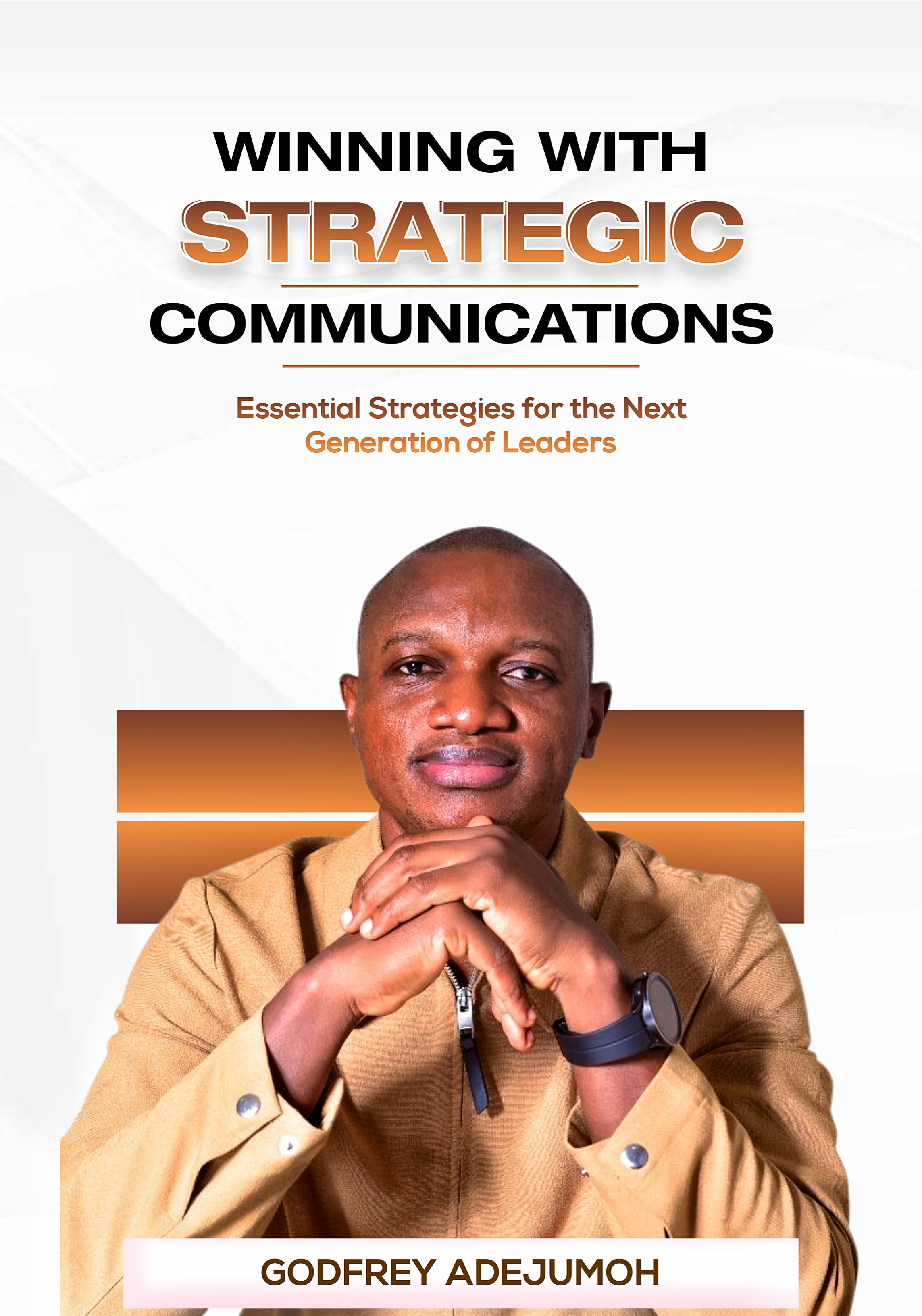Fax machines, saving files on SyQuest disks, video cassette recorders, My Little Pony and G.I. Joe. This is what 25 years ago looked like. Fast forward to 2019 to a different world, and spend on digital advertising is expected to exceed traditional ad spend by the end of 2019 in the US alone, according to eMarketer.
To celebrate the quarter-century mark of digital advertising, Adobe Advertising Cloud has launched a new report that envisions digital advertising up to its next big anniversary and beyond. The report is a a compilation of interviews and research.
A trip down memory lane
As reported by The Atlantic, it all started with the very first banner ad—a rectangular image on a new website called HotWired.com that simply challenged visitors to click “right HERE.” And it led us to this point—an industry entering a new age of maturity after years of innovation and challenge.
The first digital banner ad, sold by Wired’s advertising team and placed on HotWired, broke the fourth wall and asked the audience, “Have you ever clicked right HERE?” It formed part of AT&T’s “You Will” campaign, which focused on what the company thought the future would bring to telecommunications.
“In the early years of banner advertising, it was like being part of a club,” says Sharon Otterman, a digital media veteran and current U.S. chief marketing officer of William Hill, interviewed in the Adobe report. “We were just a small group of people creating stuff, trying stuff out, trying to figure out how to pay for it, how to contract it—it was such a blur, and yet completely exciting. We were building new ground that never existed before.”
The report then charts the launch of DoubleClick in 1996, and how marketing automation, targeting, and accountability can all be traced back to that launch; to 2005 and how it brought two game-changing companies to the digital advertising arena: Facebook and YouTube; the launch of iPhone in 2007; the acquisition of Omniture by Adobe in 2009; to how Amazon emerged as another sleeping giant of the ad industry; and the introduction of EU law on data protection and privacy, GDPR in 2018.
The study goes on to explore the impact of all the above.
Time is now
So what does that mean for today and beyond? The Adobe Advertising Cloud report looks at the challenges facing the digital advertising sector today, and why these are some of the most exciting times to be in.
Some of the key takeaways include:
Movements to improve the use of creative in targeting and personalisation have taken a leap forward.
Viewability—a measure of whether an ad has the opportunity to be seen by a real human – was dominating conversations, but how most marketers weren’t asking the right questions about viewability.
Ad fraud and its ugly head, and the industry’s fight against it.
Privacy controls and data security.
An inventory checklist, as premium publishers position themselves to meet the growing need for quality inventory.
However, the walled gardens of the ecosystem restrict access to certain inventory from third-party players. The report recommends that independent, third-party verification is recommended (whether working with a walled garden or not), as the inventory available at the beginning of the month when you ink a deal may not necessarily be the same as what’s floating around at the end.
The importance of audience targeting
Audiences can be targeted in many different ways, today. They can be purchased on contextual elements. They can be targeted based on age, gender, location, purchase intent, or past purchase behaviour. Depending on the different partners used, targeting can be based on whether a consumer is in the market for a product like a new car or if they’re ready to renew their insurance.
However, hyper-personalisation isn’t a panacea for marketers. Ian Monaghan, product marketing manager for data and Adobe Experience Cloud integrations at Adobe, interviewed for the study says: “The pendulum…began swinging the other way with advertisers asking for hyper- personalisation that ignored the benefits of mass advertising”—a benefit that has been trumpeted and proven largely successful by the television industry for years.
It is time the industry recognised what is relevant and what is ‘creepy’.
Better measurement
Also learn how it is not just about what you measure, but how long you measure it for.
Simple measures like impressions, clicks, and conversions are still incredibly important, but capabilities are now in place to go deeper. But how much is too much? And when does measurement start getting performed just for the sake of it—and for the benefit of the measurement provider?
In-housing: fad or for real
According to Adobe Advertising Cloud, on the surface, bringing everything in-house might sound appealing, but you’ll either have to throw a lot of worms into the water or paddle furiously if you want to land and retain your talent catches.
The report takes a deep dive into the challenges for advertisers when it comes to in-housing, client-agency relationships in today’s age and also the issue of talent in our industry.
The next 25 years
Adobe Advertising Cloud calls the future an “evolution spurt” in a digital advertising market worth more than half a trillion dollars.
Of course there are huge challenges when it comes to privacy, how data is being used, walled gardens, measurement of digital advertising. But as Keith Eadie, VP and GM of Adobe Advertising Cloud, concludes: “To become experience-led and meet evolving expectations around privacy, we must move from a singular focus on data-driven targeting at scale to total consumer-centricity for consistent, relevant, and creative experiences across every channel.”
Here’s to 25 more incredible years of digital evolution.
The report also includes insights from Coca Cola, Dollar Shave Club, William Hill, T-Mobile, Wired, and more.
Source: The Drum







Comment
No comments found.